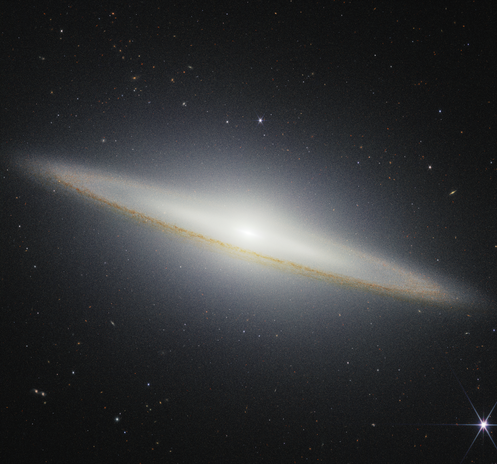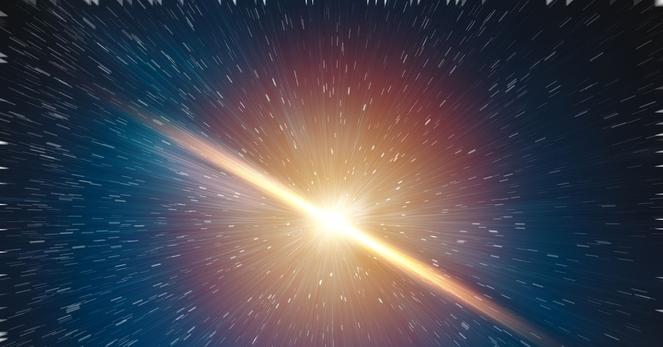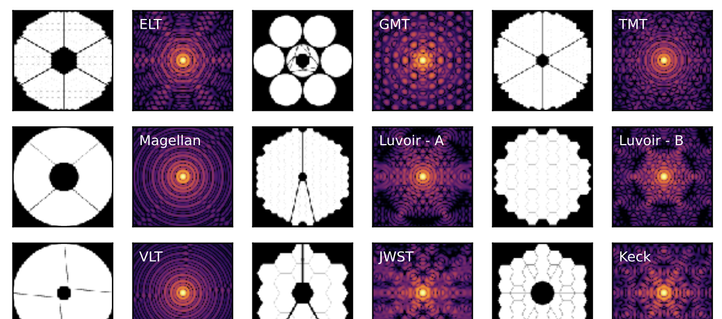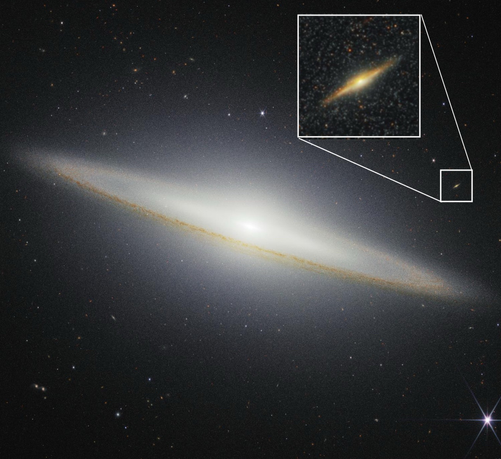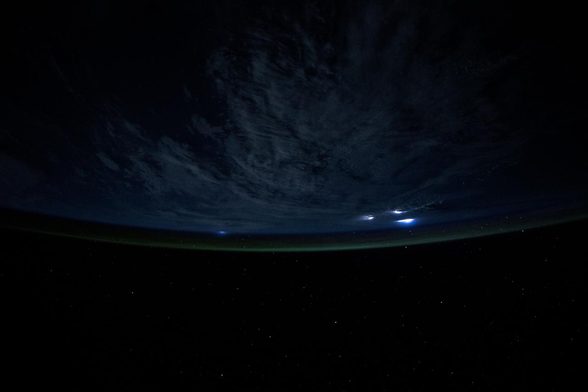NASA’s Webb Rounds Out Picture of Sombrero Galaxy’s Disk
The new image of the famous Sombrero galaxy in near-infrared wavelengths shows dust from the outer ring blocking stellar light from the inner portions of the galaxy.
Credits: NASA, ESA, CSA, STScI
https://science.nasa.gov/missions/webb/nasas-webb-rounds-out-picture-of-sombrero-galaxys-disk/
